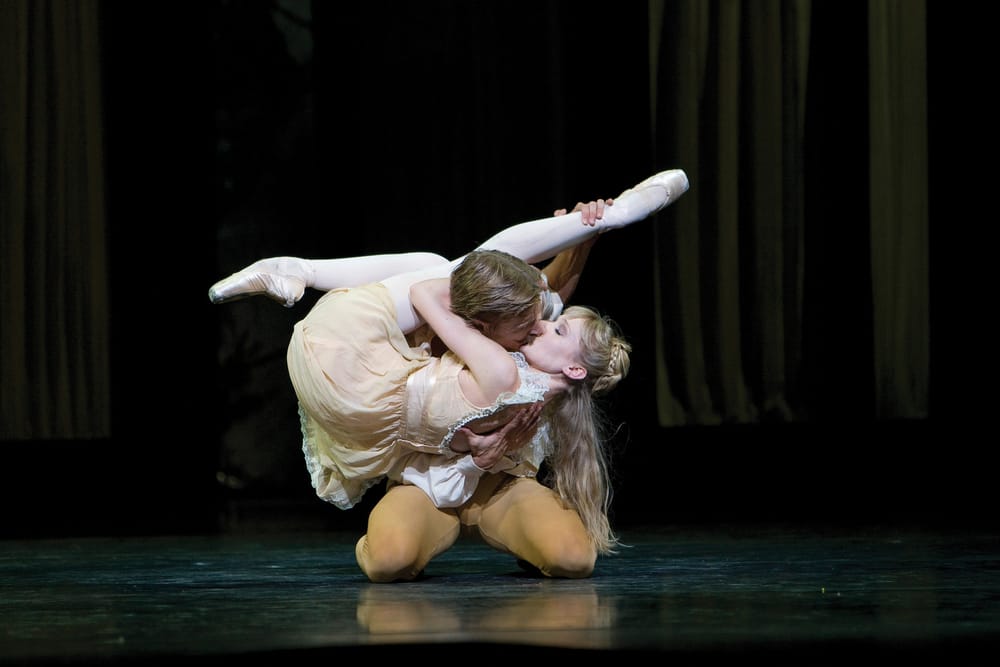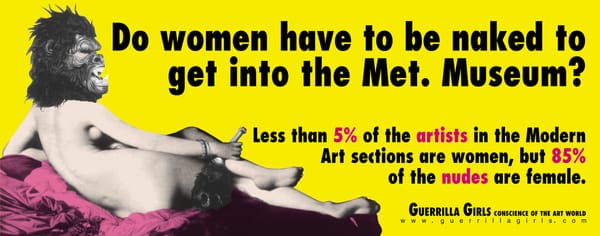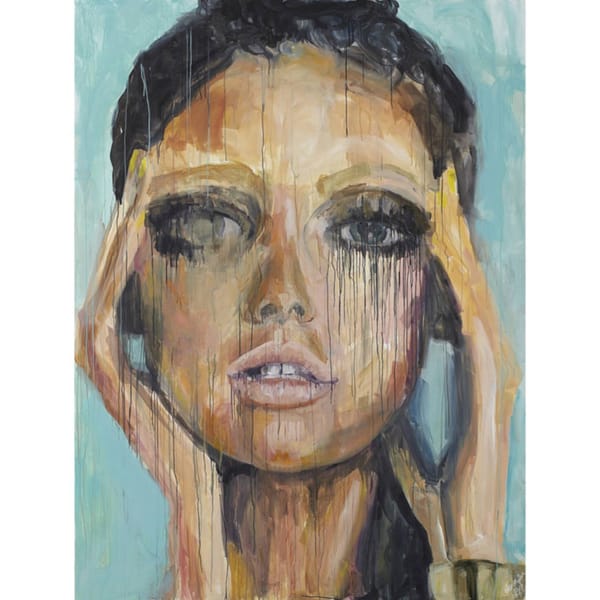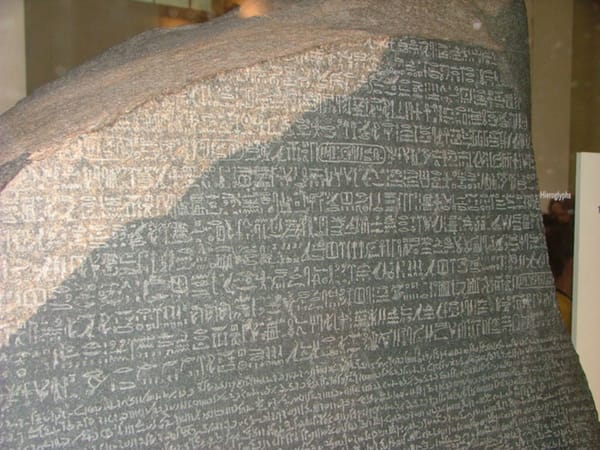A life of sex, drugs and pas de cheval
Rocio Molina Atienza watches a tale fit for a King. Well, Crown Prince

Mayerling is dark and majestic ballet which depicts the decadent splendour of the Austro-Hungarian empire. It is based on the life of the tormented Crown Prince Rudolf who after forcefully marrying Princess Stephanie of Belgium is drawn into a spiral of political intrigue, violence, drugs, obsessive love and insanity. This true story of the downfall of the Crown Prince Rudolf drags in everyone around him from members of the Austro-Hungarian Royal family, to friends, lovers and servants. They lived in a time when corruption was rampant, hypocrisy endemic and decadence unavoidable; thus, there is no character that remains untarnished by the end.
Despite Prince Rudolf carrying the weight of the piece, he has a profuse set of characters around him who help portray the decadent circus that the royal court has become. In the first act he insults his bride by flirting with her sister after the wedding, this presents the first of the numerous pas a deux of Mayerling. Chided by his father Emperor Franz-Josef, he visits his mother but finds little relief. Finally he returns to his chambers to terrorise his newly wed bride. Their duet is of an incredible emotional intensity. Seemingly drunk Rudolf threatens to shoot Stephanie. The next instant he flirts with committing suicide. Violently dancing across the whole stage, thrusting Stephanie into the air to then catch her again, grabbing her arms while she tries to free herself to the return to his arms: their duet is full of dark sexual tension.
The choreography designed by Kenneth MacMillan is an absolute masterpiece. There are plenty of duets which portray the tortuous and obsessive relations that Rudolf has with the numerous women of his life. From the brilliant plea to his mother in the first act, to his violent wedding night to his romantic duets with his mistress Mary Vetsera the choreography exudes a dark sexual tension. Mayerling is one of the few ballets in which the male protagonist carries the weight of the whole act. The role of Crown Prince Rudolf demands from the dancer not only incredible physical skill but also excellent theatrical interpretation and acting.
These intimate duets full of emotional intensity are balanced by the large-scale group dances. The pomp and lavishness of the royal wedding from the first act contrasts with the seediness of the tavern in the second act. The numerous changes of scenes are seamlessly tied together and serve as testament to the skill and craftsmanship of the stage crew. From the corridors of the royal palace its boastful and splendid ball rooms and the dark streets and taverns of Vienna the audience will feel immersed in the story. We were guided tumultuously to the final stop, Mayerling, a Viennese hunting lodge belonging to the Empire’s Crown Prince Rudolf. Here the drama reaches its peak. A destroyed Rudolf takes a step that will bring pain and sadness to his family.
The ballet is one of the most psychologically complexand packed with political nuances, thus one can feel lost among the complicated relationship between the characters. The second act opens at a Viennese tavern; there Rudolf further tortures Stephanie by introducing her to his occasional mistress Mitzi Caspar. Once Stephanie leaves disgusted, there is a suggestive piece danced by the tavern prostitutes while Rudolf and his friends delight themselves with the spectacle.
Throughout the ballet Rudolf is surrounded by his politically influential friends: murmurings, gossip and intrigue abound and pamphlets are handed out. Rudolf seems distant and lost in this corrupt world, again flirting with suicide.
It is by the end of the second act when he encounters Mary Vetsera. This impressionable and neurotic youth shares Rudolf’s fickleness and emotional obsession. Their first duet depicts an intense, obsessive even sadomasochistic love. During their passionate dance Rudolf keeps fantasising about death, constantly grasping a gun but he seems to have found his match in Mary. She rejects him when he is at her feet, fickly regains the gun from his hands and threatens him just as he did a second before. The smouldering eroticism and the morbidity of this duet echoes that one of the first act. However, Rudolf’s partner is now neither scared nor at his mercy but someone as fully tortured and neurotic as him. The curtains fall as this dramatic couple hold each other in an embrace, intensely staring at the gun they are holding.









